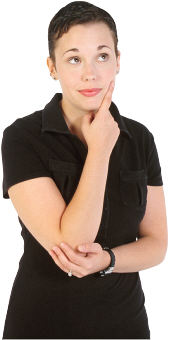Gross motor skill - Planning activities
As an education support worker you may be requested by your supervising teacher to set up an area specifically designed for activities that support the development of gross motor skills. This is a common program activity in the early years segment of schools, within childcare centres and even in special education units.
You will need to take into consideration the following:
 |
Resources |
| Safety | |
| Space | |
| Time | |
| Supervision |
Resources may be readily available or you may have to be creative and use what is around you. Depending on the ages of the students you are working with, create an area that is interesting and will keep the students on task.
Make sure your resources are sturdy and will stand up to continued use. Look at the abilities of the students that you have.
Don’t create anything that is too hard and will frustrate them. However, don’t make it too easy so that it becomes boring. Think of how many children you are catering for. Make sure there is enough equipment to keep all the students active.
Think about variety.
Are you working indoors or outside?
Will there be enough space for the students to explore and move about?
Think of the five senses that are important for development. Students must be able to have room to touch, hear, see, smell and even in some cases taste what is happening in their activities.
Give the students a place where they can also be alone to reflect on their learning. Some students may like to ‘watch’ others first before becoming involved in an activity. Make sure there is an area where students can have some time out.
Make sure you have a good understanding of what is required from a Health and Safety perspective. You have a duty of care towards the student. At the same time, structure activities so that students can still explore. Whether they are using fine or gross motor skills the student needs to be able to expand on their own capabilities.
Allow for spontaneous behaviour and try to foresee any possible areas of danger so that it can be prevented.
Who will be supervising the activity?
Think ahead to who will be around to supervise your designed activity.
Will this be directed by the teacher or by an education support worker?
Will other groups in the school also make use of your design? Your supervisiging teacher will give you a good idea of what they need. Be aware that you may be called upon to ‘model’ the activity or demonstrate. Some learners find this a valuable experience and will have more confidence to experiment and try out new things.
How long will the students be working in the ‘play’ area?
Some students need time and practice before they will confident in doing some activities. You may need to set up the area so that there is room for those who catch on quickly to advance in their skills, while others who are slower don’t feel left out.
With older students you may find that the gender of the student may be significant. Some students may feel ‘embarrassed’ at doing physical activities in front of the opposite sex. Allow time for groups of students to perhaps work together. Other groups can be working elsewhere.